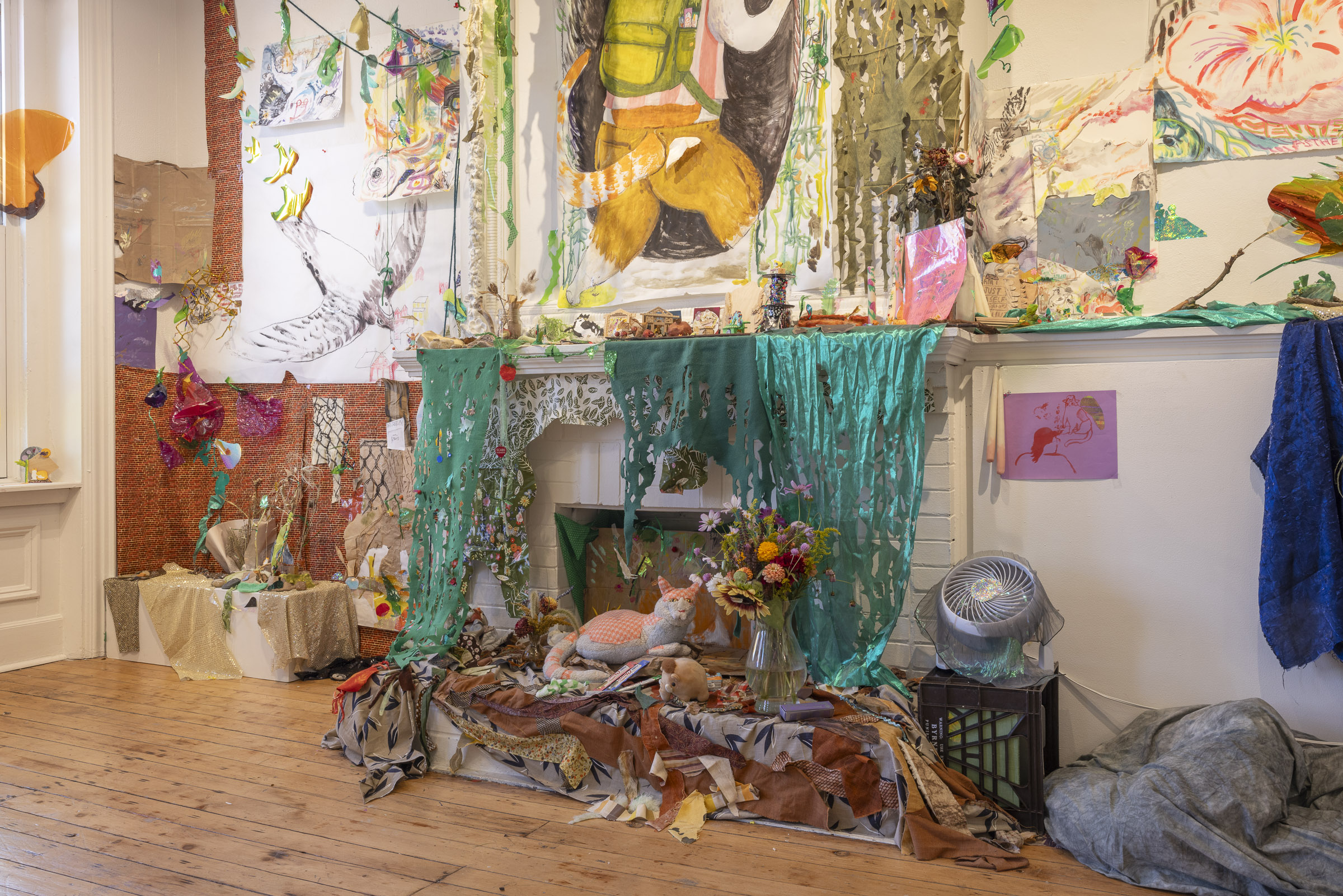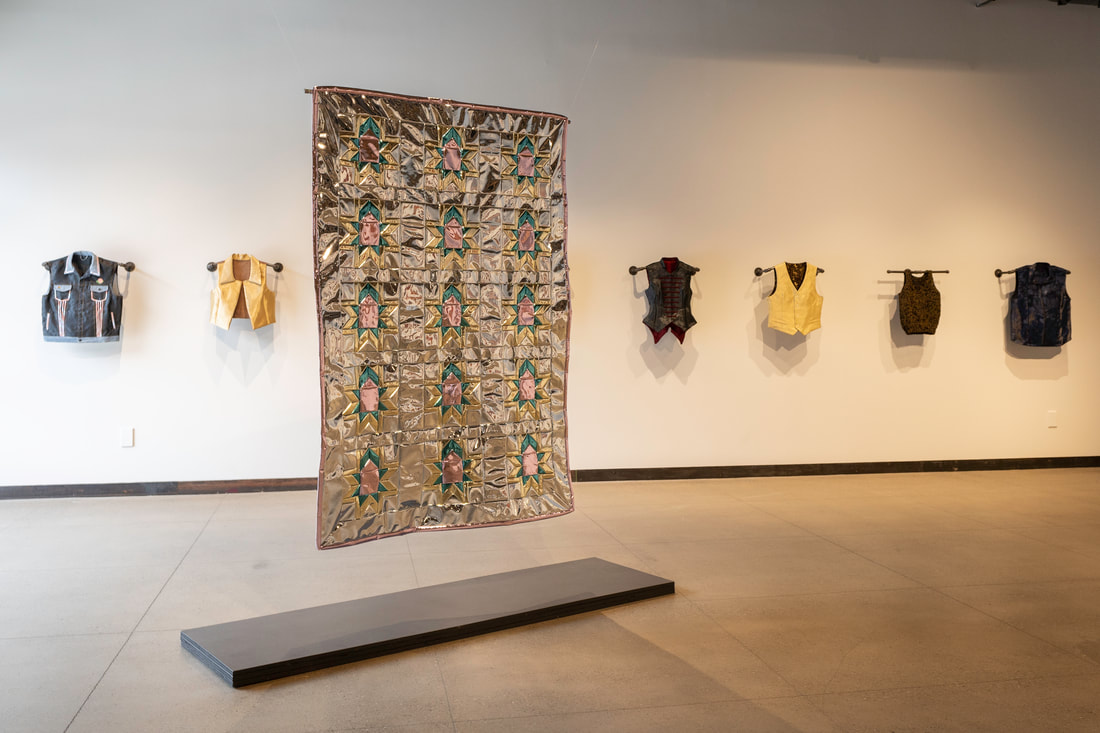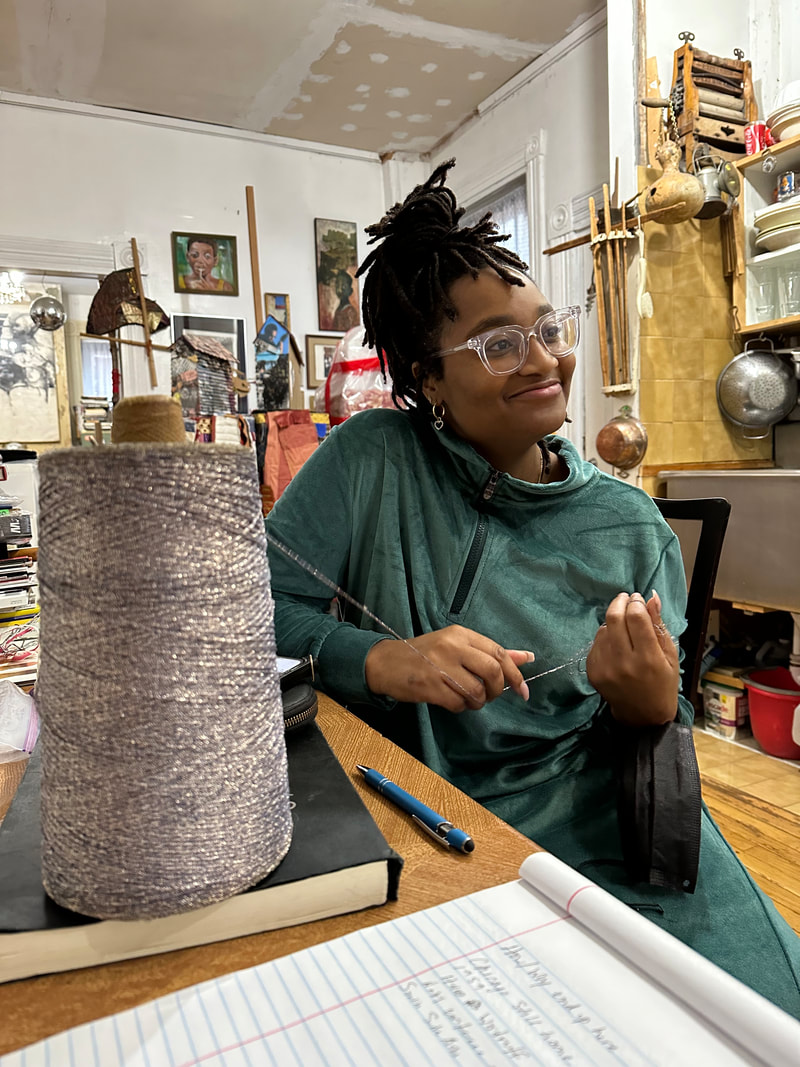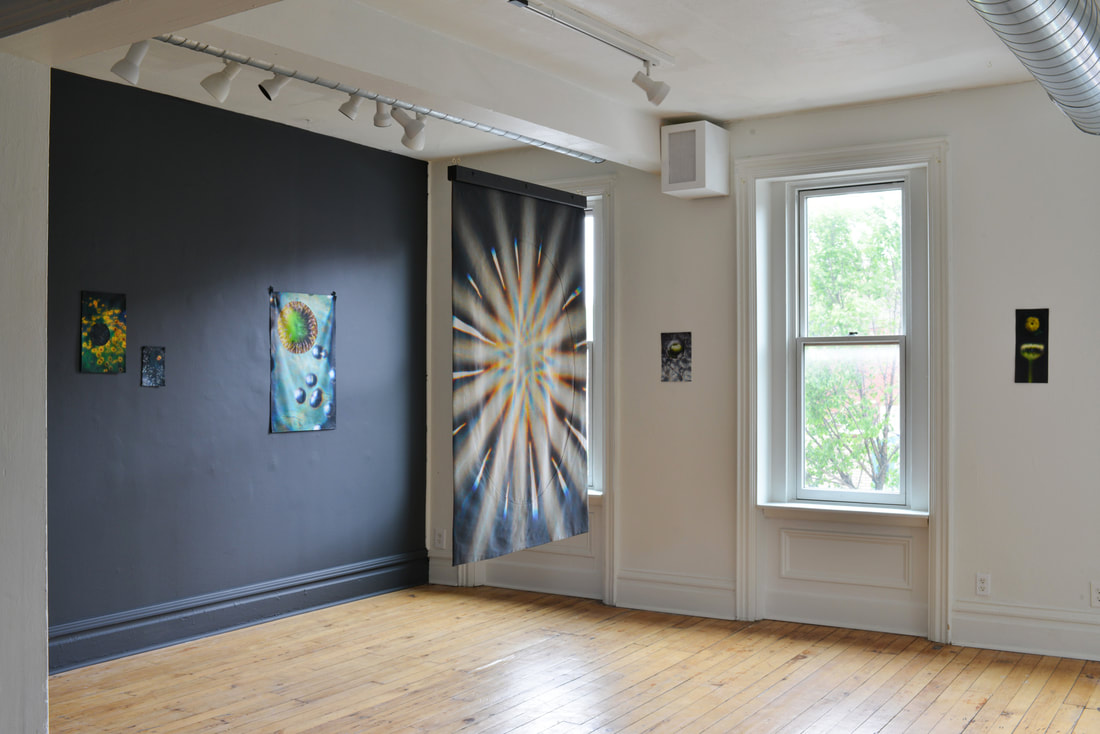“THE WORLD–The glory thereof under the powers of the highest providence, the sum of manifest things; conclusion on any subject.” —Dr. Arthur Edward Waite, co-creator of the Ryder-Waite-Smith tarot deck
I have been reading tarot—for myself, for others, occasionally professionally—for more than a decade. In that time, I have found that the cards are an uninteresting tool for telling the future. Instead, they’re far more compelling as a way to understand the self. To read tarot is to open a door to something outside of our control and allow whatever comes through to be a guide. Messages from the unknown are shrouded in layers of symbolism, and it is the reader’s task to interpret what has appeared before them.
A brief tarot lesson for the uninitiated: the first 22 cards of the deck are known as the Major Arcana. It begins with The Fool, launching his spiritual journey by stepping off a cliff. What follows are many symbols that are typically associated with fortune telling, including the Lovers, the Devil, and Death. These cards seldom present the meaning of their face value–they have much more to say than what you may initially imagine. The journey ends with the World, a figure stepping through a heavenly portal.
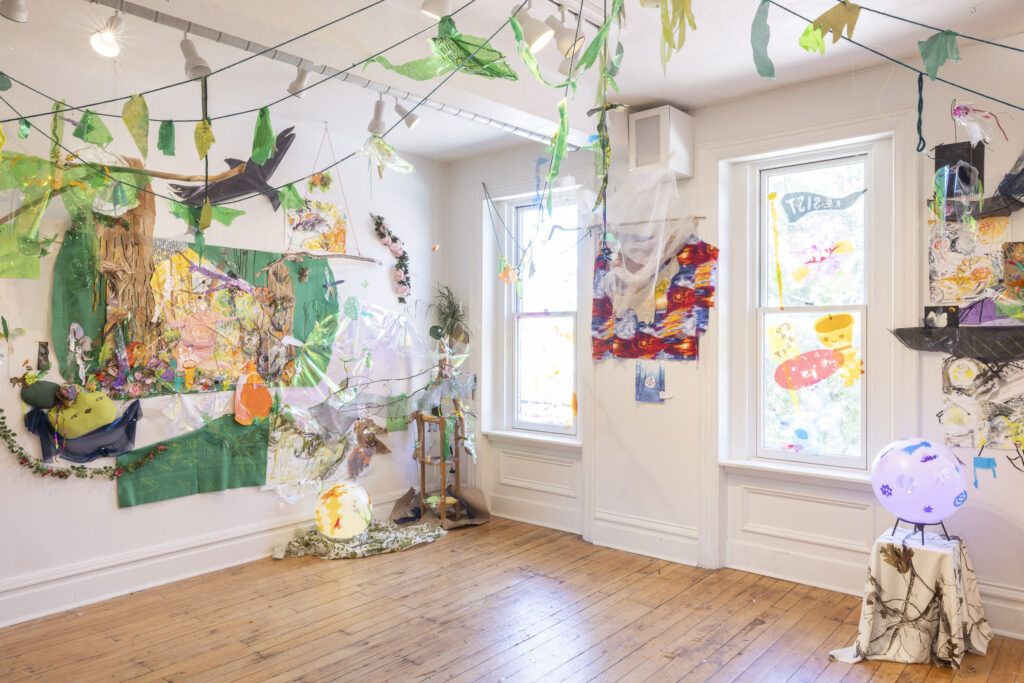
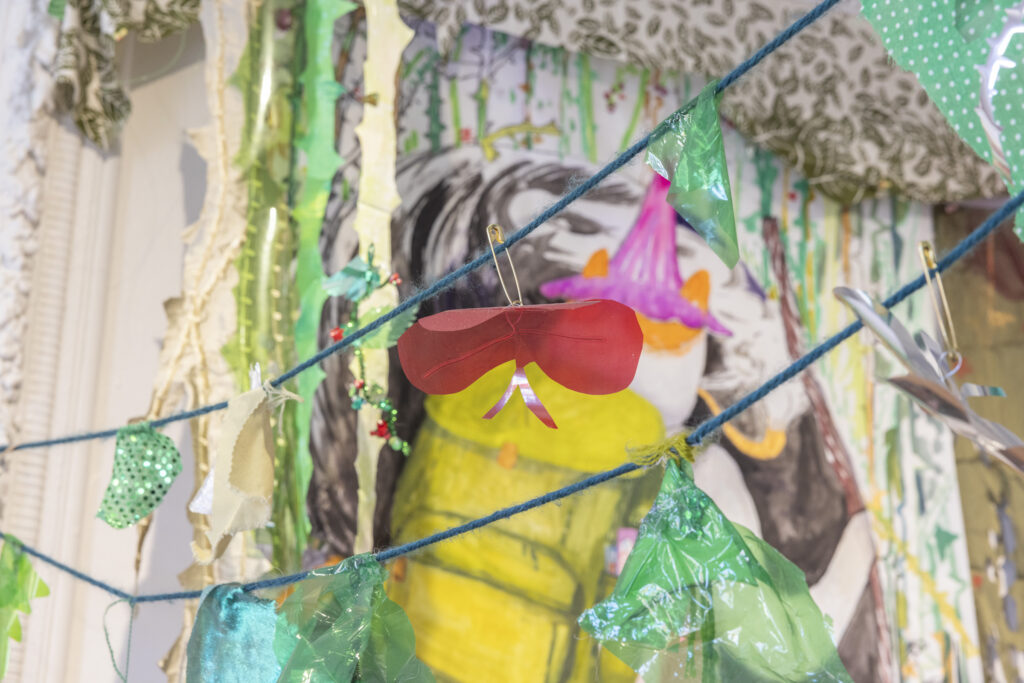
The Tangled Web is an installation by Jen Cooney that takes over the entire exhibition space at Bunker Projects. Private stories are interwoven with broader cultural symbolism, including several large pieces that are Cooney’s personal representations of cards from the tarot. One of the first things Cooney mentions as I tour the show is how, for them, creating art is about connecting to something outside of regular, mundane reality and pulling something from that into the physical world. Cooney isn’t always sure why they’ve made something at first, but the work eventually reveals its purpose. In this way, making art is similar to reading the cards: what appears in front of us takes skill and time to understand, even when we are the ones bringing it into reality.
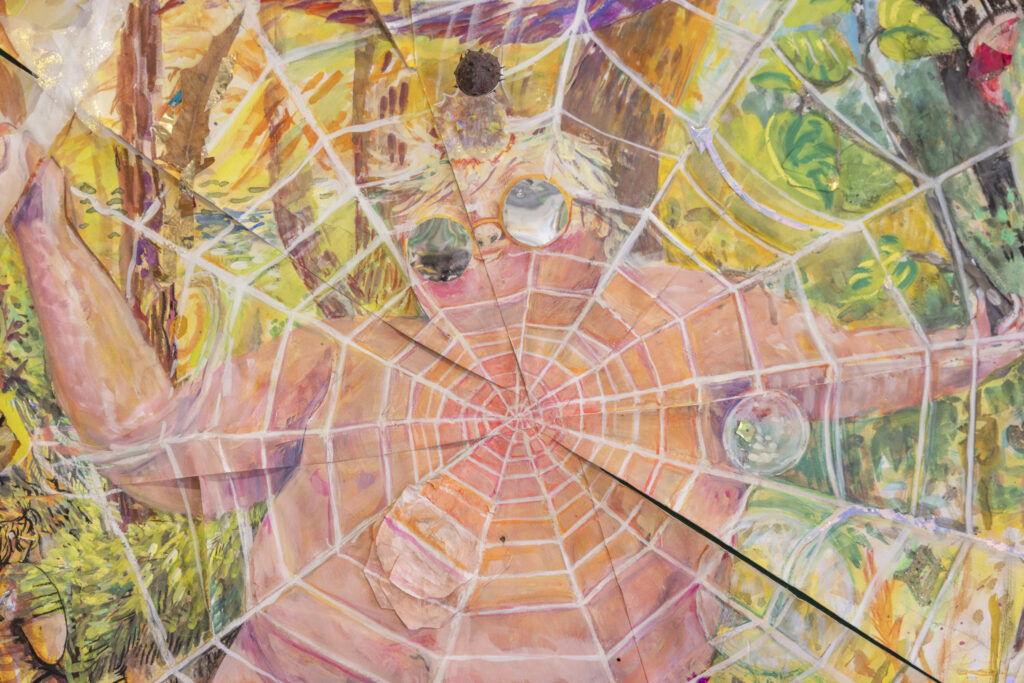
Walking into the exhibition, I was struck by Cooney’s swirling vortex of an installation. In the gallery, large drawings meld with found materials, sculptures peek out of corners, quick gestures sit side by side with intricate pieces. Within the riot of the visual information, symbols begin to come forward. Birds descend from a brick tower in the corner of the space. An orange cat makes its way throughout the exhibition. Spider webs are everywhere. There are sweet things and sad things; loneliness and hilarity float side by side. Despite the disparate subjects and mediums, it all feels like it’s meant to be together—like taking in an entire life all at once.
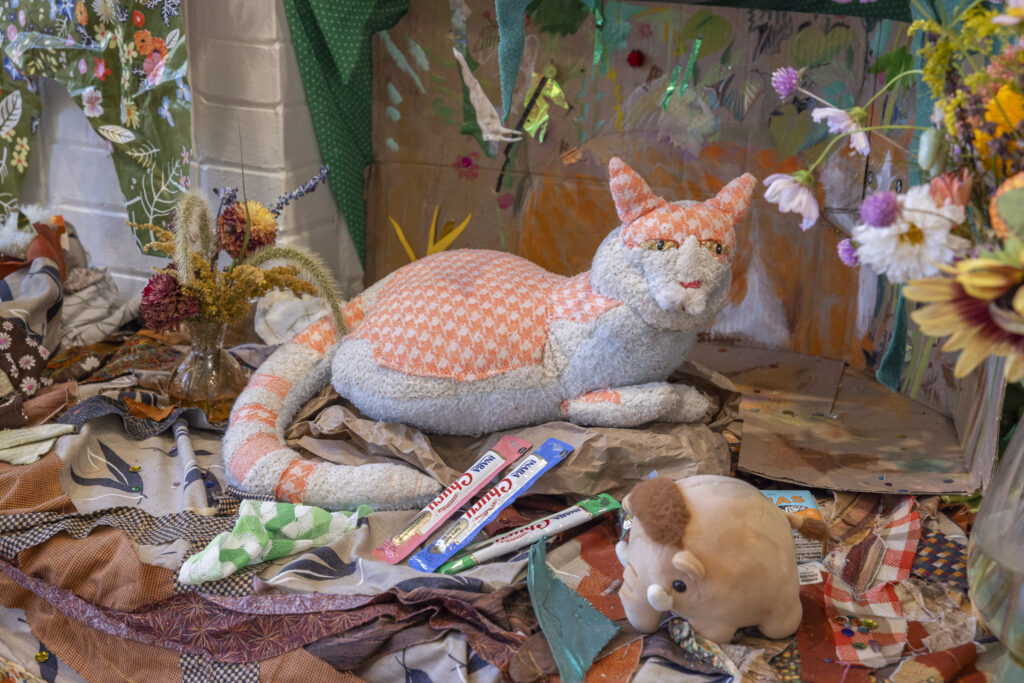
I ask Cooney about the cat: a beloved, departed pet. Never forgotten.
I ask about the birds: a real experience, a memory from childhood.
I ask about Cooney’s self portrait, joyfully dancing within a spider web: that is the World.
The World card is about holding the totality—about taking in everything at once and having it distill down into completeness. However, if we are to hold the world in our hands, we must give ourselves to the world. I see this in Cooney’s version of the World on the wall. Their figure dances as a web radiates from their heart, connecting them to the natural world. The drawing connects itself to pressed flowers, crumpled plastic and bits of twine—all in the service of experience, of exploring what it is to live a life.
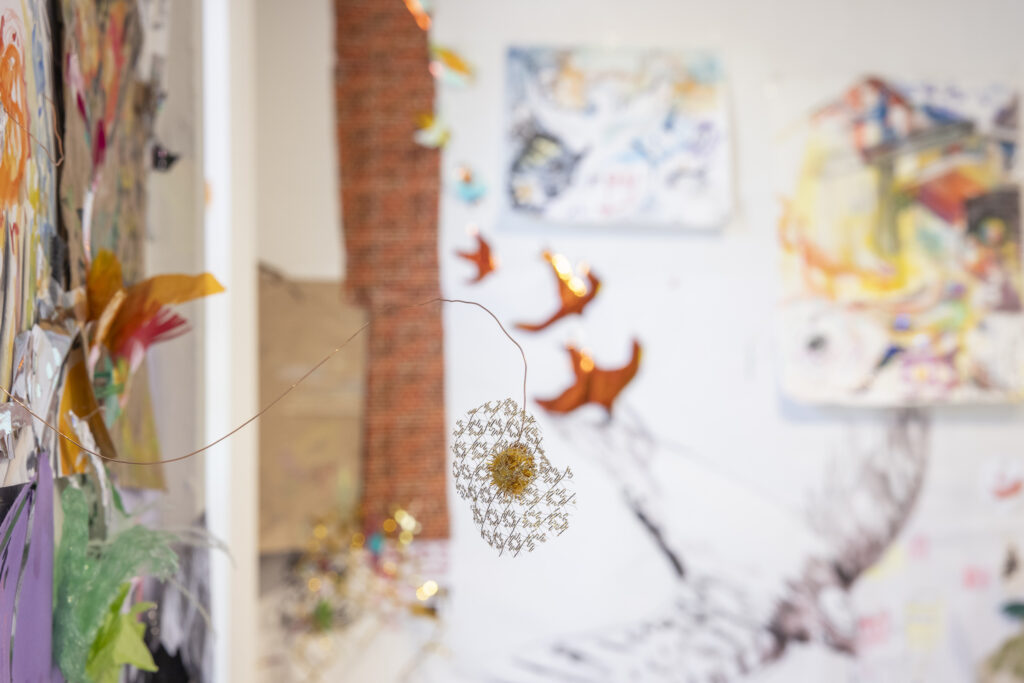
There is so much in this show, and every little bit of it is important, intentionally chosen. Each plastic vine, every piece of tactical camouflage and mylar scrap and sculpted dream home and intricate drawing, every orange cat and shining bird and hand-sewn creature, lends itself to the swirl of energy around the gallery, building to something large and powerful, hovering just beyond objective awareness. Cooney shows us how to open the door and call on every little thing that makes us who we are in order to put it into orbit around the gravitational pull of something larger than ourselves. That gravity will pull it together into its wholeness, its totality, its purpose. The World shows us the way.
Photography by Chris Uhren
Centa Schumacher is a lens-based artist based in Pittsburgh. She works with a homemade tool assembled from vintage camera elements, creating work that distorts light and perspective. Schumacher has had solo exhibitions at the 707 Gallery, Silver Eye Center for Photography, and Bunker Projects. Her work has also been featured in group exhibitions at Paradice Palase in Brooklyn, NY; Aggregate Space in Oakland, CA; and Art Ark Gallery in San Jose, CA. Schumacher was the director and co-founder of the art gallery Phosphor Project Space from 2018-2021. She received her MFA from San Francisco State University.
If you’d like to support Bunker Projects’ mission to provide a safe, equitable space for emerging artists to develop their practice and create new works for exhibition, please consider joining our Bunker Commons program or making a one-time or recurring donation here. We are so grateful for your generosity.
